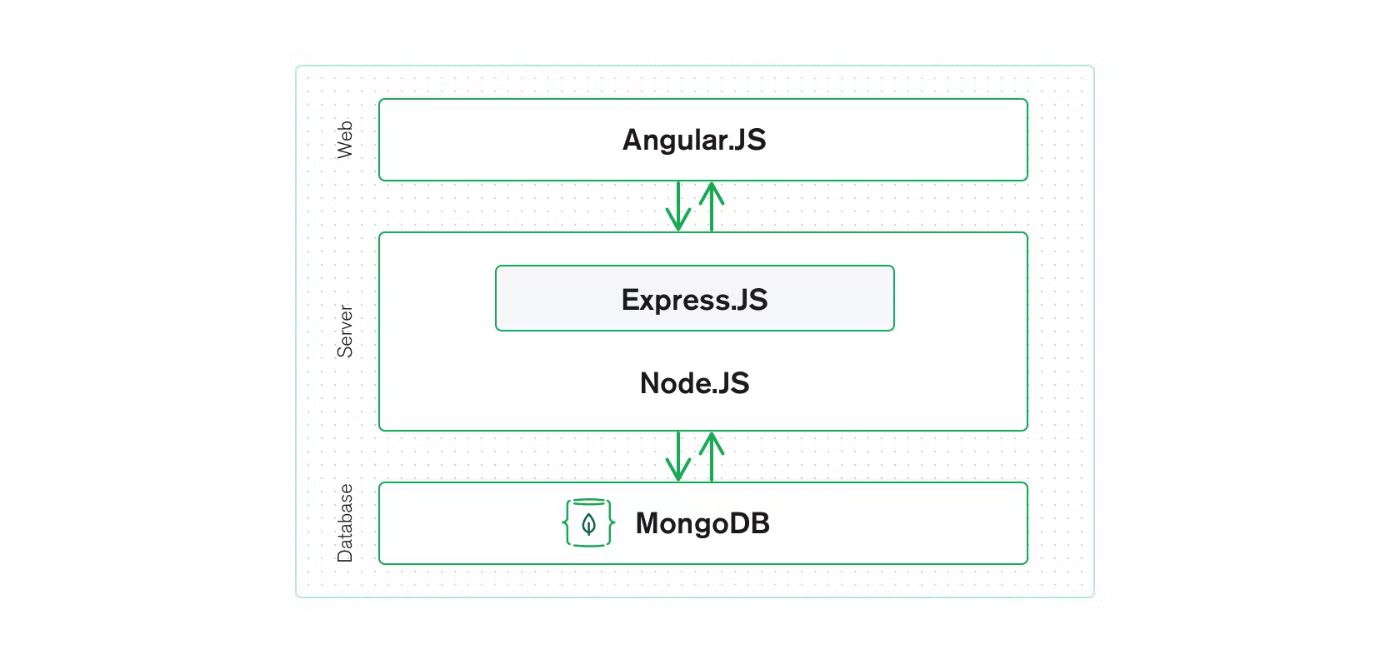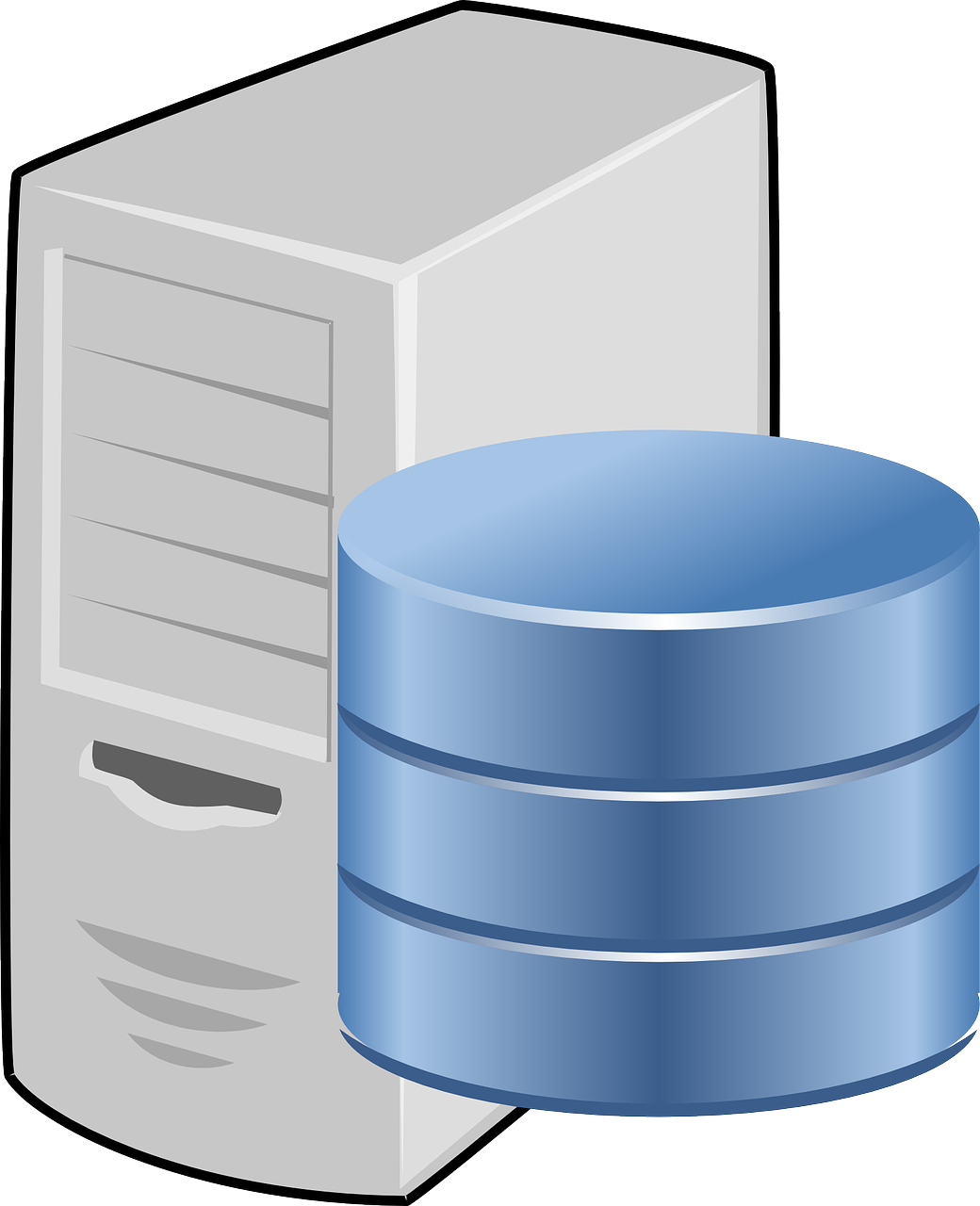Introduction
This article will discuss different types of web development stacks that are used daily to create dynamic web applications. In the side navigation bar of the intro page, it lists each stack with different logos that represent web technologies/JavaScript frameworks. A LAMP stack primarily focuses on web databases and manipulating those databases. The MEAN, MERN, MEVN stacks all use JavaScript frameworks but they use three different frameworks which include AngularJS, REACT, and Vue.js. A 4-column table will be created to compare and contrast these stacks.
The LAMP Stack
A LAMP Stack is a set of 4 different software technologies that are used to build websites and web applications. Every stack listed in this article is an acronym for these technologies. For the LAMP Stack, the L represents Linux; an operating system, Apache; a web server, mySQL; a database programming language, and PHP; a server-side scripting langugage. These technologies are free to use and anyone can use them. Developers use LAMP stacks to create and update web content.
Why are LAMP stacks Important?
They offer free services which saves money for building web applications.
Since LAMP stacks are well known and tested, web developers can shift their focus on creating their project instead of worrying about any type of potential problem with another software as they're completing their daily tasks.
Well-established developers globally continue to maintain all products of the LAMP stack and continue to update these technologies.
A community within each of these software technologies exist on a large global scale. There's thousands of developers in the world and its easy to find websites where one can communicate with them about a project such as GitHub. There are also other projects within the community that can be shared so web developers can refer to that and help them finish their respective projects.
How can you use a LAMP Stack?
LAMP Stack technologies focus on backend development or server-side scripting. A backend program can be forms that send data to a database. The environment that backend applciations exist on are invisible to users as well. According to aws on amazon.com, backend applications also include:
Data Processing software
Database components
Business logic in code
API for communicating with other applications
Static webpages are also created using LAMP Stack which is web content that is displayed the same for all users is contained within a web server.
Developers also use LAMP stacks to create dyanmic webpages which are webpages that also display information within a webpage but can change deponding on the user that is on the website. An example of this could be a user that lives in a different location.
MEAN, MERN, MEVN
These stacks have some major differences from the LAMP Stack. To start, all of these stacks are exclusive to JavaScript development.
Just like LAMP, each of these stacks are an acronym for a software technology. All of them use MongoDB, Express, and Node. MEAN uses Angular, Mern uses React, and MEVN uses vue.js. MEAN, MERN, and MEVN are essentially variations of each other.
MongoDB - NoSQL technology that's used as a database and can be linked with cloud applications.
Express - Framework used for Node that interlinks the frontend and the database.
Node - Allows the ability to create network applications through a JavaScript web server
React - JavaScript library used for front-end development
Angular - Web applications can be created through this front-end frameowrk and are also linked with webpage interfaces.
Vue - Framework that's used to build user interfaces and homepage
How does the MEAN Stack Work?
The MEAN stack has 4 software technologies that make it what it is. Angular.js gives developers an extension to their metadata which allows them to build dynamic webpages and they can make it as interactive as possible. One can use Angular.js to validate forms (registration forms, payment forms, etc).
After Angular, Express is displayed and ran on a Node server. If developers were looking for a tool that includes powerful models for URL routing then express would provide that. This technology also allows developers to handle HTTP requests and responses. One way to connect Angular and Express is by first creating XML HTTP requests, GETs, or POSTs on Angular and then link it to Express to activate an application. These functions also use two more technologies within the MEAN stack which is MongoDB's Node drivers with two ways which is either callbacks or promises. This ultimately allows the functions update information on the MongoDB database.
Developers use MongoDB to store data that can include user profiles, content, comments, uploads, events and much more. JSON documents that were already made in the Angular tier is sent to an Express erver which is then processed and delievered to MongoDB.

Advantages
Workflow management tools
News aggregation sites
To-do and calendar applications
Interactive forums
Disadvantages
Potential performance issues
Poor isolation
Inconsistent solutions
Source: MongoDB.com
You May Like
The MERN Stack
Another variation of the MEAN stack, everything about this stack is the same as MEAN execept the React framework replaces Angular.
The tier that highlights MERN is React which is a front-end library. React is used to create dynamic client-side applications in HTML. React gives developers lots of options that can be very complex and connected through elements that are linked to the back-end. The best feature about React is preforming with a myriad of data powered interfaces that does not include code.
After React, Express is displayed inside a Node server. In this step, MERN works the exact same way MEAN does.
The MEVN Stack
MEVN uses a framework called Vue for constructing user interfaces. Vue allows the process of front-end to the back-end to accelerate much faster and more efficient. It also has its own platform and MVC architecture in the back-end which arranges the server-side neatly. This allows development to become faster and more efficient as well.
LAMP, MEAN, MEVN, MERN Comparison/Contrast Table
| LAMP | MEAN | MERN | MEVN |
| Backend development | Backend development | Backend development | Backend development |
| Server-Side | Server-Side | Server-Side | Server-Side |
| Used on multiple operating systems | Used on multiple operating systems | Used on multiple operating systems | Used on multiple operating systems |
| mySQL | MongoDB | MongoDB | MongoDB |
| PHP | JavaScript | JavaScript | JavaScript |
| No JavaScript Frameworks | Angular | React | Vue |

